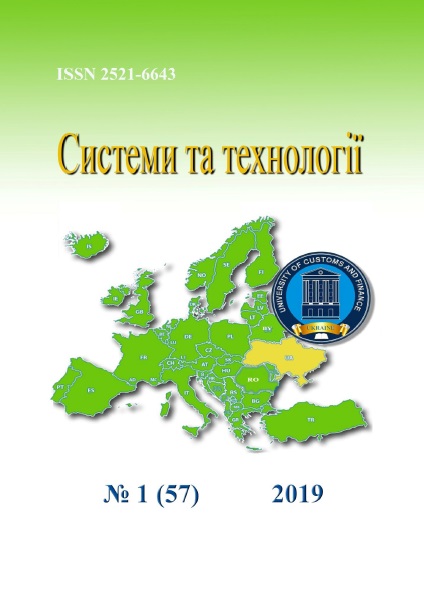Identification of objects for conducting operational control of energy efficiency in the energy management system
Abstract
To achieve a high level of energy efficiency in any enterprise, it is necessary to periodically evaluate the level of effectiveness of energy saving activities, that is, to carry out operational control of energy efficiency. One of the most problematic plac-es in creating energy control systems is the facilities for which it is possible and ap-propriate to control. When determining the objects for which it is expedient to create an operational control system, it is necessary to take into account the basic require-ments that such facilities should meet. Among such requirements: the location of ob-jects in one or adjacent premises, a single technological process and the manage-ment of these objects of a small number of operators. In accordance with these re-quirements, an algorithm for selecting objects for creating an operational control system is proposed. At the first stage all equipment of the enterprise should be divid-ed into a small number of groups on a technological basis. The next step is building energy consumption balances separately for each of the technological processes of production of all types of enterprise products. To compile energy consumption bal-ances, a methodology for constructing optimal energy balance models can be ap-plied. Based on the calculated values of energy consumption for the production of each type of product, equipment can be distributed into smaller groups based on two criteria. These criteria include the location of equipment and their power supply from the same power points. The resulting equipment groups are the previous objects, but this does not mean that an operational control system is appropriate for such facili-ties. In this paper, solution of additional problems is proposed, in particular:
– determination of the composition of factors that affect the amount of energy consumption;
– expediency of installing additional meters for energy consumption, produc-tion and other parameters;
– estimation of monetary expenses for creation of systems;
– estimation of energy saving potential;
– financial analysis of the feasibility of creating systems.
Thanks to this, it is possible to reasonably determine the objects for which it is technically possible and financially feasible to create an operational control system.

 ISSN
ISSN 




